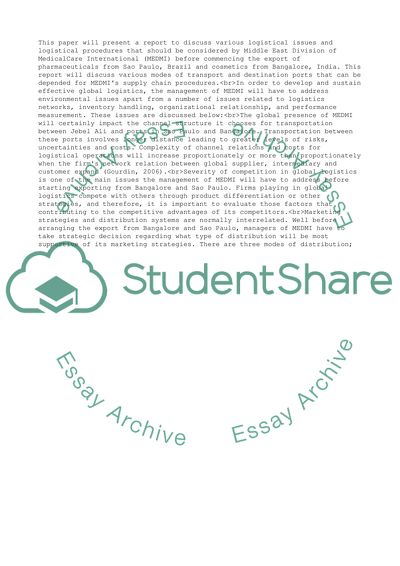Cite this document
(“Global logistics Essay Example | Topics and Well Written Essays - 3000 words”, n.d.)
Global logistics Essay Example | Topics and Well Written Essays - 3000 words. Retrieved from https://studentshare.org/management/1673130-global-logistics
Global logistics Essay Example | Topics and Well Written Essays - 3000 words. Retrieved from https://studentshare.org/management/1673130-global-logistics
(Global Logistics Essay Example | Topics and Well Written Essays - 3000 Words)
Global Logistics Essay Example | Topics and Well Written Essays - 3000 Words. https://studentshare.org/management/1673130-global-logistics.
Global Logistics Essay Example | Topics and Well Written Essays - 3000 Words. https://studentshare.org/management/1673130-global-logistics.
“Global Logistics Essay Example | Topics and Well Written Essays - 3000 Words”, n.d. https://studentshare.org/management/1673130-global-logistics.


